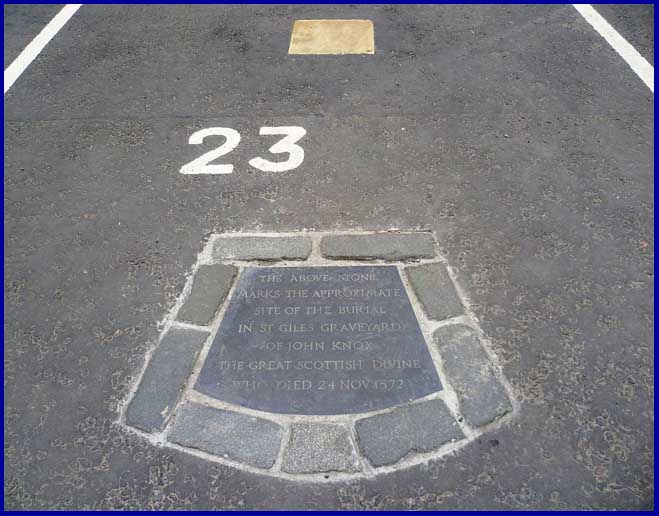We Don’t Do Evangelism!
A speaker over the phone actually said the words of our title to a friend of this author. She was shocked, and so was I upon hearing it. Have they snipped out by scissors the Great Commission in Matthew 28:18 – 20? The very existence of our Presbyterian Church in America is that of being committed to the Great Commission. Certainly the subject of our post today when he sailed for the New Hebrides in 1846 was for the purpose of evangelism. His name was John Geddie.
John Geddie was born in Scotland on April 10, 1815 to John and Mary Geddie. At the tender age of two, his parents sailed to Pictou, Nova Scotia in Canada. Joining the Succession Presbyterian Church there, the young Geddie was trained in the ordinary schools of that province while joining his father in his clock making business. But his real interest was spent in reading books sent by the London Missionary Society. He was brought to a saving knowledge of Christ as Lord and Savior through these means at age nineteen. Enrolling in theology courses, he would be licensed to preach the gospel in 1837 and ordained as a Presbyterian minister one year later. Marrying Charlotte MacDonald in 1839, they set about rearing a family which eventually reached eight children.
Having a call to serve the Lord outside of Canada was made difficult in that no Presbyterian church was actively involved in foreign missions. Geddie organized a mission society in his local congregation. Yet even with the organization established, missionary endeavors were slow in coming to fruition. This was all too obvious when the regional synod voted 13 to 12 to select a mission field to even evangelize! Yet one year later, on November 30, 1846, John Geddie, his wife Charlotte, and two small children sailed for the New Hebrides. Landing on the island of Aneiteum, they set at once to build a ministry among the natives.
For the next fifteen years, they sought to be faithful to the Great Commission in the midst of these heathen tribes. Often John would be assaulted by spears and stones as he traveled from one place to another. Then six years after he landed, several native chiefs converted to biblical Christianity. Thirty-five hundred natives, nearly one half of the population, threw away their idols and avowed the true Jehovah as their God and Savior. Immediately, the converted natives began to obey the Great Commission and send Christian teachers to other islands in the chain of the New Hebrides. Indeed, if you look up the country today (known as Vanuatu), you will see their religion to be Christian.
James Geddie died on December 14, 1872, but not before he had translated the entire New Testament in their language. He was in the process of working on the Old Testament when he was taken home to glory.
The island memorial to John Geddie is stunning to behold. It reads, “when he landed in 1848, there were no Christians here, and when he left in 1872, there were no heathen.”
Words to Live By:
A friend of this author had made one rule his guide in his ministerial life. For every milestone he passes, he endeavors to share the gospel with that many strangers in his ministry area. Thus, if he has turned fifty years of age, then he endeavors to witness to fifty unsaved individuals. Now, whether that goal brings 50 conversions is entirely dependent upon the work of the Spirit of God. We Reformed Christians understand that! But do we recognize the command of the Great Commission is to be carried out by us? Or is it our practice that we do not do evangelism?

